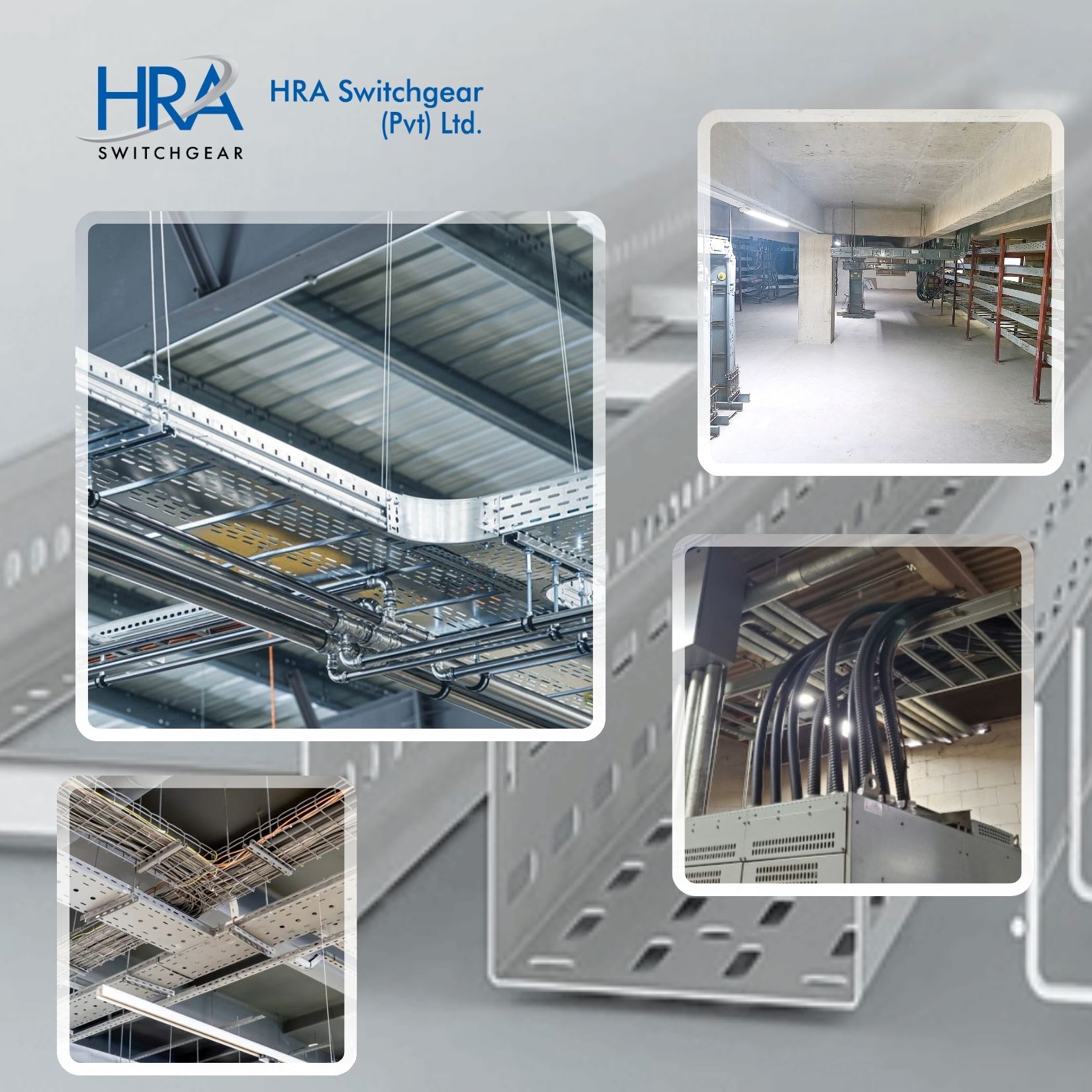What is a Cable Tray? A Beginner’s Guide
In the world of electrical systems and industrial infrastructure, cable trays play a crucial role in ensuring safety, efficiency, and organization. But what exactly is a cable tray, and why is it so important? Whether you’re an engineer, facility manager, or simply curious about electrical systems, this beginner’s guide will break down everything you need to know about cable trays.
What is a Cable Tray?
A cable tray is a structural system used to support and organize electrical cables, wires, and conduits. Think of it as a “highway” for cables, providing a safe and efficient pathway for power and data transmission. Unlike traditional conduits, which enclose cables in rigid piping, cable trays are open systems that allow for better airflow, easier maintenance, and scalability.
Types of Cable Trays
Cable trays come in various designs, each suited for specific applications. Here are the most common types:
1. Ladder Cable Trays
– Design: Resembles a ladder with side rails and rungs.
– Best For: Heavy-duty applications where large cables or bundles are used.
– Advantages: Excellent airflow, easy to install, and highly durable.
2. Solid Bottom Cable Trays
– Design: Features a solid base with no openings.
– Best For: Environments where cables need protection from dust, debris, or moisture.
– Advantages: Provides maximum protection and support for delicate cables.
3. Wire Mesh Cable Trays
– Design: Made of interlocking wires, creating a flexible and lightweight system.
– Best For: Light to medium-duty applications, such as IT or telecom systems.
– Advantages: Easy to customize and install, cost-effective.
4. Through Cable Trays
– Design: Has a shallow, U-shaped base with ventilated sides.
– Best For: Medium-duty applications where some protection and airflow are needed.
– Advantages: Balances protection and ventilation.
5. Channel Cable Trays
– Design: A single, enclosed channel for small cable runs.
– Best For: Light-duty applications or areas with limited space.
– Advantages: Compact, easy to install, and cost-effective.
Why Use Cable Trays? Key Benefits
Cable trays are more than just a way to organize cables, they offer significant advantages for industrial, commercial, and residential applications:
1. Improved Safety
– Prevents cable damage and reduces fire risks by keeping cables organized and secure.
– Minimizes tripping hazards in workplaces.
2. Easy Maintenance
– Open design allows for quick inspections and troubleshooting.
– Cables can be added, removed, or replaced without major disruptions.
3. Cost-Effective
– Reduces installation time and labor costs compared to traditional conduits.
– Scalable design accommodates future expansions without costly upgrades.
4. Enhanced Airflow
– Open or ventilated designs prevent overheating, extending the lifespan of cables.
5. Versatility
– Suitable for a wide range of industries, including manufacturing, data centers, healthcare, and more.
Applications of Cable Trays
Cable trays are used in various industries and settings, including:
– Industrial Plants: Organizing power and control cables in factories.
– Data Centers: Managing complex networks of data and power cables.
– Healthcare Facilities: Ensuring reliable power distribution in hospitals.
– Commercial Buildings: Supporting electrical systems in offices and malls.
– Renewable Energy Projects: Managing cables in solar farms and wind turbines.
How to Choose the Right Cable Tray
Selecting the right cable tray depends on several factors:
1. Cable Type and Load: Consider the size, weight, and number of cables.
2. Environment: Choose materials (e.g., stainless steel, aluminum) based on exposure to moisture, chemicals, or extreme temperatures.
3. Installation Requirements: Evaluate space constraints and accessibility.
4. Future Expansion: Opt for modular designs that allow for easy upgrades.
Conclusion
Cable trays are an essential component of modern electrical systems, offering a safe, efficient, and cost-effective way to manage cables. Whether you’re designing a new facility or upgrading an existing one, understanding the basics of cable trays can help you make informed decisions for your infrastructure.
At HRA Switchgear, we specialize in designing and manufacturing high-quality cable trays tailored to your needs. From stainless steel solutions for harsh environments to lightweight designs for data centers, we’ve got you covered.
📩 Contact us today to learn more about our cable tray solutions and how they can benefit your operations!
#CableTrays #ElectricalSystems #PowerDistribution #IndustrialSolutions #HRASwitchgear #Engineering #Infrastructure



